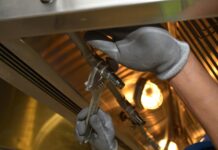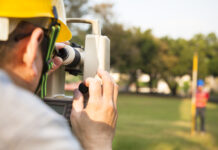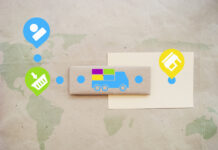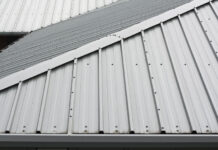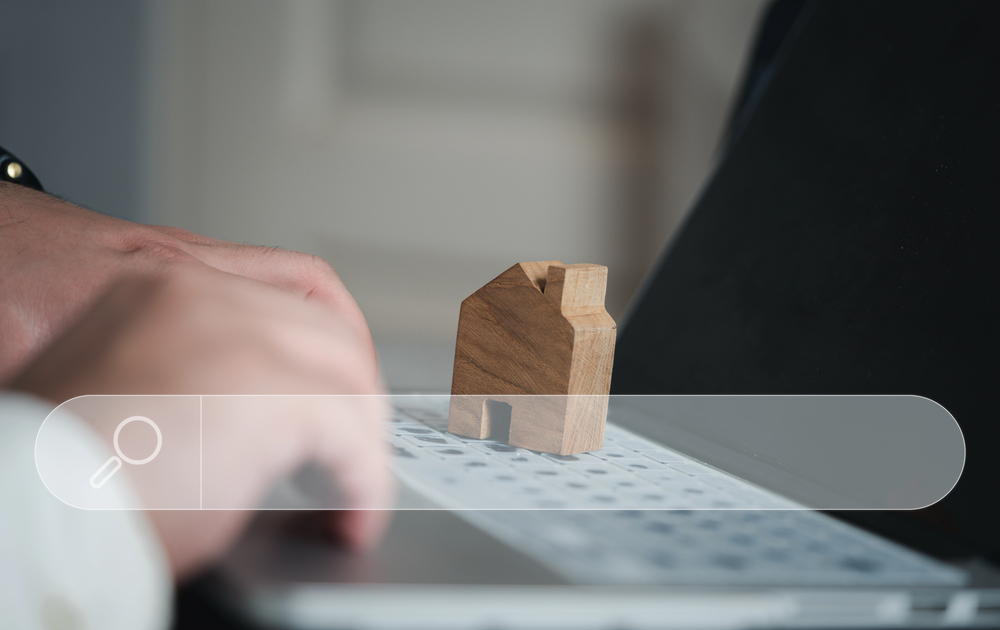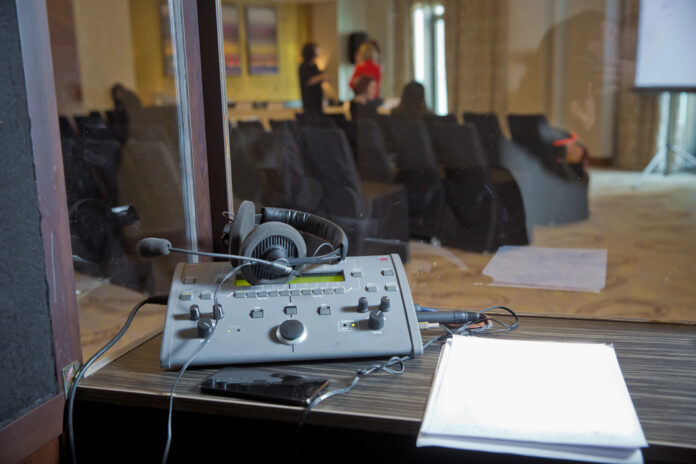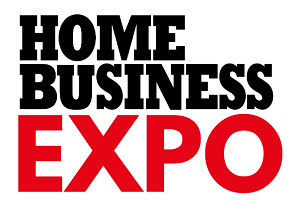If you’re organizing an international event with multilingual participants, you’ll likely need to draw on the services of a team of interpreters. If that’s the case, then it’s also essential to ensure the interpreting equipment matches your – and their – needs. After all, there’s little point in investing in high-quality interpreting services, only to have the equipment itself let you down. The question is, with so many options and variables, how do you know which to choose? Here’s everything you need to know.
Understand the basics
Before you get caught up in the minutiae, focus first on understanding the scope and structure of your event. A useful place to start is by assessing:
-
How many languages you’re catering for
This directly affects how many interpreters you’ll need, and understanding how large the audience is for each language will also help determine the number of headsets, transmitters, and receivers required.
-
Venue layout
You’ll need to work out if the space has clear sightlines as well as whether there are obstacles such as pillars or walls – this can affect the type of transmission needed.
-
Duration of event
This impacts the type of translation booth you’ll require.
Once you have identified these elements, you’re ready to begin looking at the specifics.
Translation Booths
If your event will require simultaneous interpreters (who interpret in real time, rather than consecutive interpreters), you’ll likely need translation booths. This allows the interpreters to work free from distractions. However, there are two very different options to choose from:
-
Soundproof interpretation booths
Soundproof booths are enclosed, like a cubicle, and they separate the interpreters from the rest of the venue. They have a small opening for ventilation purposes (it can get hot in there!) and enough room for both interpreters. This is essential, as the intensive nature of simultaneous interpreting means the linguists swap over regularly, allowing them a short break. This type of booth also has a desk, where the interpreter console is placed. The interpreters use this to control the sound system. These booths are insulated, blocking out any external noise and providing a quiet environment where the linguists can concentrate. However, due to their size, this type of booth requires a lot of space and setting up.
-
Tabletop booths
Sometimes, logistics or space constraints mean large, soundproof booths are simply not an option. In this case, tabletop booths may be what you’re looking for. These portable booths are much smaller and sit on top of the table, where the interpreter works. They’re enclosed on three sides (the fourth is open, for access) and sometimes have a top. This means they do allow some background noise in and are also less comfortable, meaning they’re only suitable for shorter events such as meetings, rather than multi-day conferences. However, they are an affordable solution that requires minimal set-up.
Transmission systems
There are two main methods of transmitting sound for interpretation. These are infrared (IR) and radio frequency (RF). Each one comes with its own advantages and disadvantages:
-
Infrared
This system uses light waves to transmit audio, and it works in the same way as a TV remote. This means they require a direct line of sight between the transmitter and receiver. If there are any obstacles such as pillars or walls, it can interfere with the signal, resulting in poor sound quality or complete loss of transmission. However, they offer secure transmission and can’t be intercepted, which makes them ideal for sensitive events such as legal proceedings.
-
Radio frequency
As they draw on radio waves, RF systems are more flexible. They can pass through walls and obstacles, making them well-suited to large, complex events such as conferences or symposia in multi-room settings. This system can also be used outdoors. However, they are susceptible to interference from other wireless devices.
Setting up your equipment
Once selected, it’s important to set everything up in advance of your event. This should certainly be at least the day before, in order to tackle any potential issues or source additional equipment, if necessary. Look for an interpreting equipment provider that can also handle the set-up, ideally with technical support during the event itself, for your peace of mind. Carrying out a dry run allows you to assess the signal clarity (and move the equipment around, if there are any issues), sound levels, and coverage. It’s important to have your interpreters visit their booths beforehand, too, to check they are happy with their position at the venue, as well as their microphones and headsets.
Organizing a multilingual event is an exciting but daunting task. With the support of seasoned interpreters and the right interpreting equipment, you can ensure seamless communication and a professional experience for all attendees!
Find a Home-Based Business to Start-Up >>> Hundreds of Business Listings.

